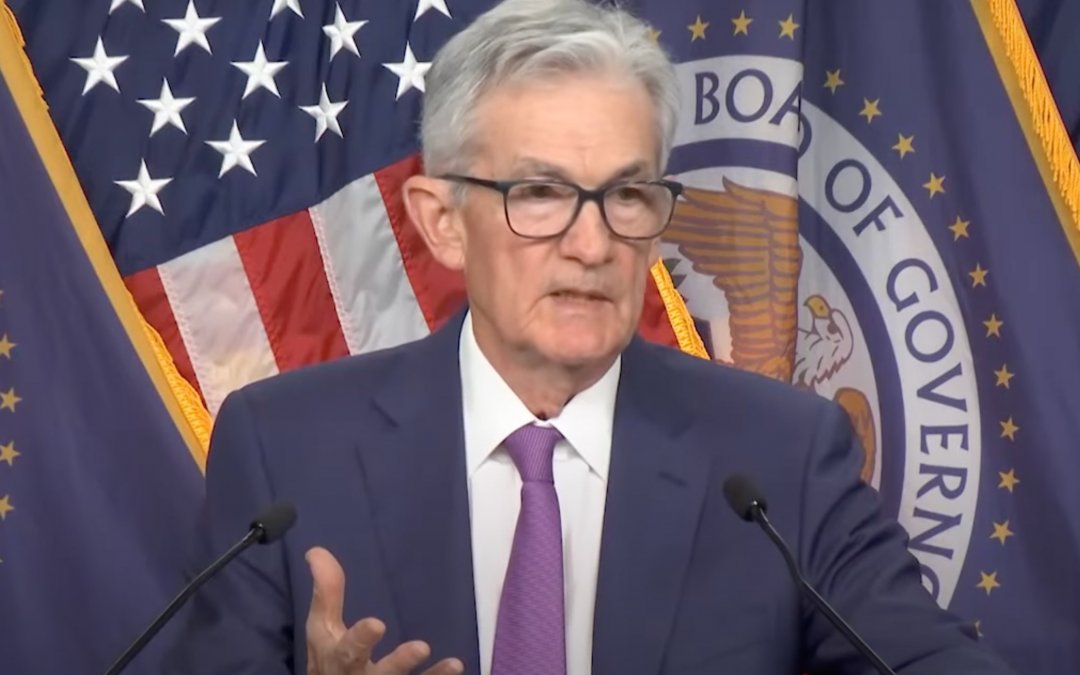WASHINGTON – The Federal Reserve on Wednesday left its key interest rate unchanged for the fourth consecutive meeting, with Chair Jerome Powell quashing hope of rate cuts in March.
The unanimous vote by the 12-member, rate-setting Federal Open Market Committee called for stronger evidence of inflation stabilizing before it lowers its target rates, which currently sit at 5.25% to 5.5%.
“Inflation is still too high, ongoing progress in bringing it down is not assured, and the path forward is uncertain,” Powell said during a news conference Wednesday afternoon.
The core Personal Consumption Expenditures index, or PCE, the Fed’s preferred measure of watching prices, sits at 2.9%. Powell himself acknowledges this figure is low, especially after a persistent period of inflation since 2022 that the Fed has deemed “unacceptably high.”
Despite a steady decline in the PCE index, Powell reiterated that Fed officials will need continued evidence of moderating inflation towards 2%, the Fed’s goal.
“We have confidence, we’re looking for greater confidence,” Powell said, emphasizing that members want to see continuation of “good data” to justify rate-cutting.
The markets were not happy with the news, as the Dow Jones Industrial Average fell more than 300 points to close at 38,150.30, while the broader Standard & Poor’s 500 index dropped 1.6% to end at 4,845.65. The tech-heavy Nasdaq Composite Index also ended down 2.2% at 15,164.01.
Powell noted that there have been good signs lately: The economy grew at a 3.1% rate last year, and the unemployment rate has managed to stay low at 3.7%, remaining under the Fed’s 4% target despite major layoffs from companies.
“Let’s be honest, this is a good economy,” stated Powell.
Some economists call it a “Goldilocks” economy – one that is “just right” with low inflation with moderate growth.
In 2023, the economy had an average monthly gain of 225,000 jobs, down from the 2022 measure of 399,000, but still outpacing economist expectations.
“It’s been an amazingly strong labor market,” said Joseph Gagnon, a senior fellow at the Peterson Institute for International Economics. “We can’t actually expect it to keep growing as fast – it won’t.”
At this point, Powell said, the Fed policy makers would need to see either a weakening labor market or persistently low inflation numbers to be persuaded to cut rates.
Lower interest rates facilitate economic expansion by making it easier to borrow money.
On Tuesday, Sen. Sherrod Brown (D-Ohio) sent Powell a letter urging the Fed to lower interest rates amid steep housing costs. Specifically, Brown lamented that inflation costs disproportionately affect working-class families, and high interest rates compound the burden.
“For working Americans and small businesses who already feel the crush of inflation, higher housing costs and reduced access to credit will only make it worse,” Brown wrote in the letter. “I urge the Federal Reserve to ease monetary policy early this year.”
When asked about the letter, Powell maintained that the Fed committee looks out for societal interest through their price stability mandate, agreeing that increasing prices jeopardizes low-income groups first.
“Middle class people have some scope to absorb higher costs,” said Powell. “What society has asked us to do is to get inflation down and the tools that we use to do it are interest rates.”
The high interest rates tamp down inflation, he continued. He added that the committee was prepared to keep rates at the current level longer.
“We have made a lot of progress on inflation,” said Powell. “We just want to make sure we do get the job done in a sustainable way.”


